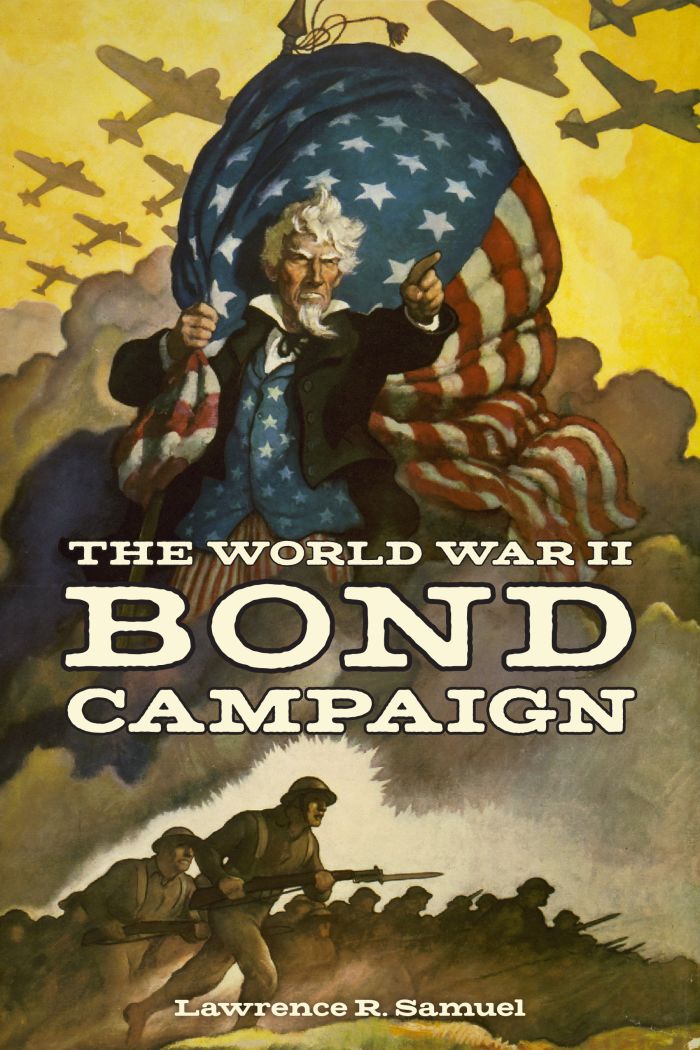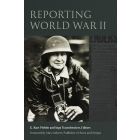The World War II Bond Campaign

This book can be opened with

How America’s greatest marketing triumph in World War II shaped race, ethnicity, and class in modern America
The World War II Bond Campaign is a history of the World War II bond drive led by the federal government, an effort called the most successful marketing operation in history. By the war’s end, some 85 million Americans had spent $186 billion in an unprecedented outpouring of patriotism that contributed to the military victory and the prosperity of the following decades. The FDR administration used bonds to raise capital to support the war and promote national unity within the context of the nation’s increasingly pluralistic society as the “melting pot” theory was retired. African Americans, Euro-Americans, and labor union members enthusiastically bought bonds to express national loyalty but also to demonstrate racial, ethnic, or class pride, a reflection of their dualistic or “hyphenated” identities.
Drawing on various primary sources, The World War II Bond Campaign illustrates how the Treasury Department’s multicultural marketing strategies tapped into Americans’ aspirations alongside their patriotic impulses. Citizens of all social and economic backgrounds eagerly responded to what can be seen as the selling of America, making the subject an ideal lens to view national identity at a critical moment in the country’s history. The author contends that the drive’s success helped pave the way for the emergence of both the civil rights movement and the vigorous consumer culture of the postwar years.
Samuel writes engagingly, especially on the African American community, whose participation was not a "given" in those days for good reason.—Library Journal
Samuel offers ample evidence that ethnic Americans and African Americans participated enthusiastically in the war-bond drives.... [and] some suggestive insights, especially as he traces the civil rights movement back to the war years....—Publishers Weekly
Interesting observations — most notably on the role of African Americans in the second world war.—Washington Monthly
[An] interesting piece of social history.... Scattered throughout this volume are photos rarely seen in any text, which make a positive contribution.—Choice
A fascinating story of how the government managed to sell a bad financial deal — U.S. Savings Bonds — to a patriotic citizenry during World War II.—Star Tribune
Samuel's principal contribution lies in his careful delineation of the techniques used to promote bond sales and the way in which the bond campaign was received — and often converted into agents of community cohesion — by various segments of society. Particularly striking are his four chapters on bond drives among African Americans.—Journal of American History
Pledging Allegiance [The World War II Bond Campaign] shows how the black bourgeoisie — including the NAACP, African American newspapers, business and religious groups, and college presidents — used bond drives not only to defuse separatist forces and racial tensions, but also to lend validation to their own role and vision.—The Historian
As described in Pledging Allegiance [The World War II Bond Campaign], [patriotism] translated into a bond bandwagon that knew no bounds.—Smithsonian Magazine
Students of history who have time to read only one monograph on the war bonds should consult Pledging Allegiance [The World War II Bond Campaign].—North Carolina Historical Review
List of Illustrations | ix
Acknowledgements | xi
Introduction | xiii
Part One: The Development and Marketing of World War II Bonds
Chapter 1: The Voluntary Way | 3
Chapter 2: Democracy in Action | 20
Chapter 3: The Biggest Selling Campaign in History | 45
Part Two: War Bonds and Labor, Class, and Ethnicity
Chapter 4: On This We Are United | 77
Chapter 5: Consent of the Governed | 94
Part Three: African Americans and World War II Bonds
Chapter 6: William Pickens and the Inter-racial Section | 127
Chapter 7: The NAACP and War Bonds | 152
Chapter 8: African American Notables and War Bonds| 171
Chapter 9: African American Investment in War Bonds | 186
Conclusion | 207
Notes | 219
Index 243




